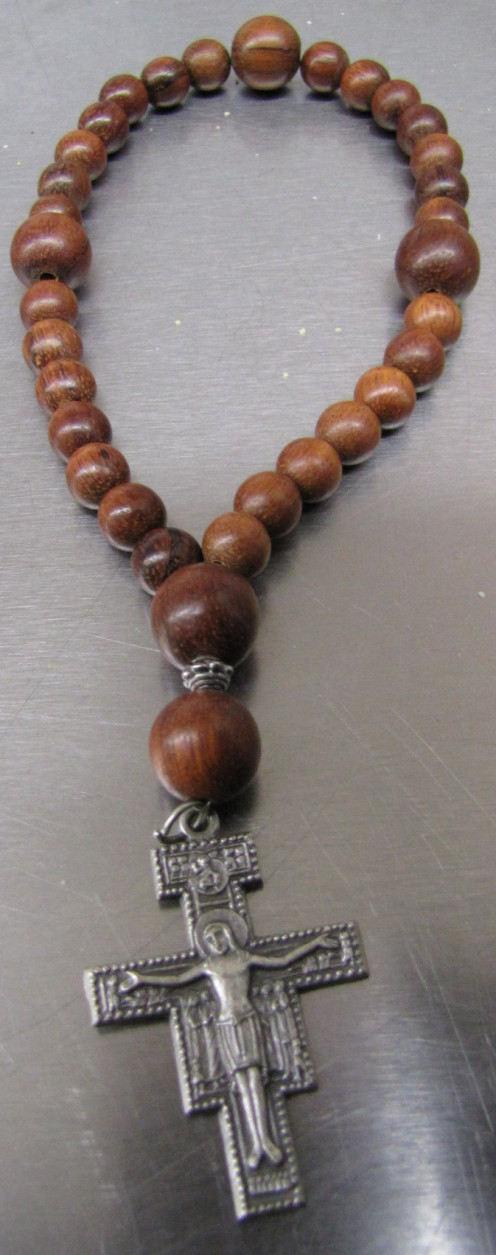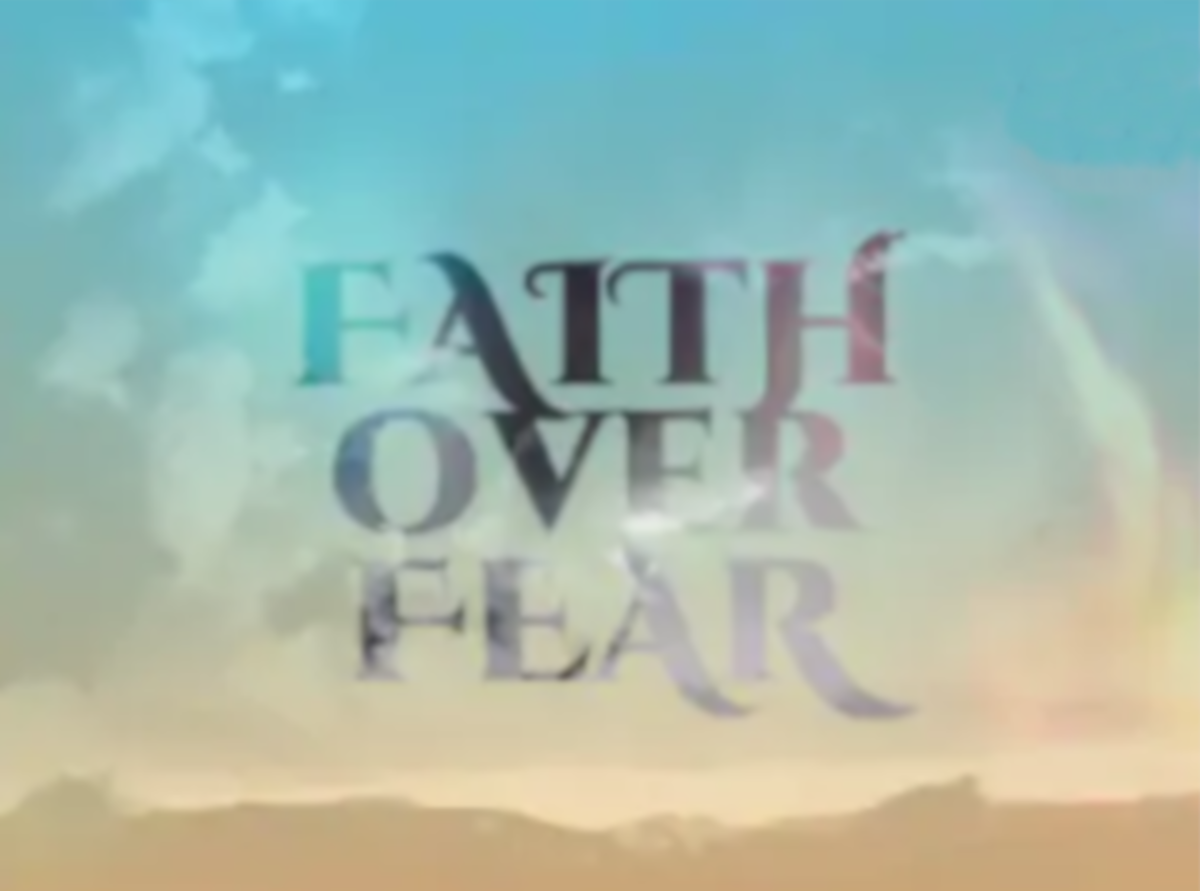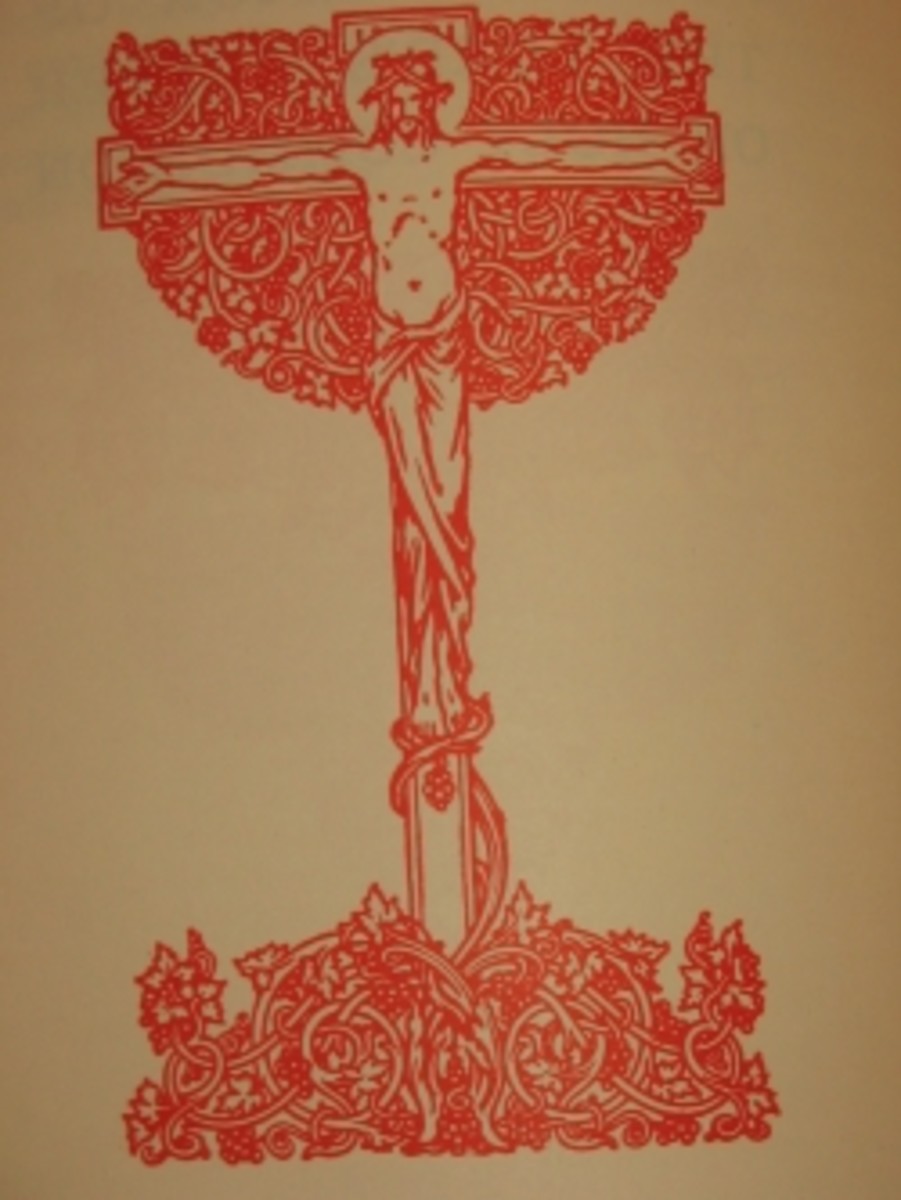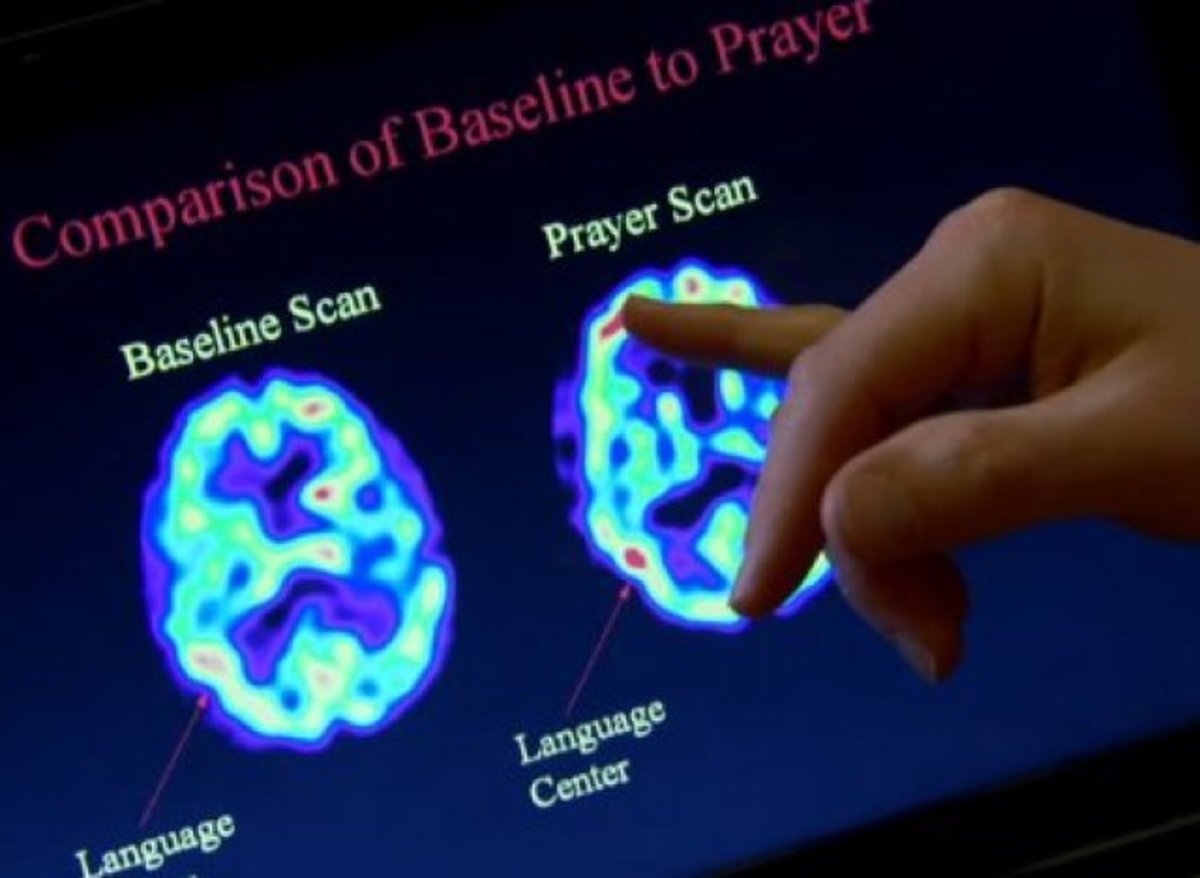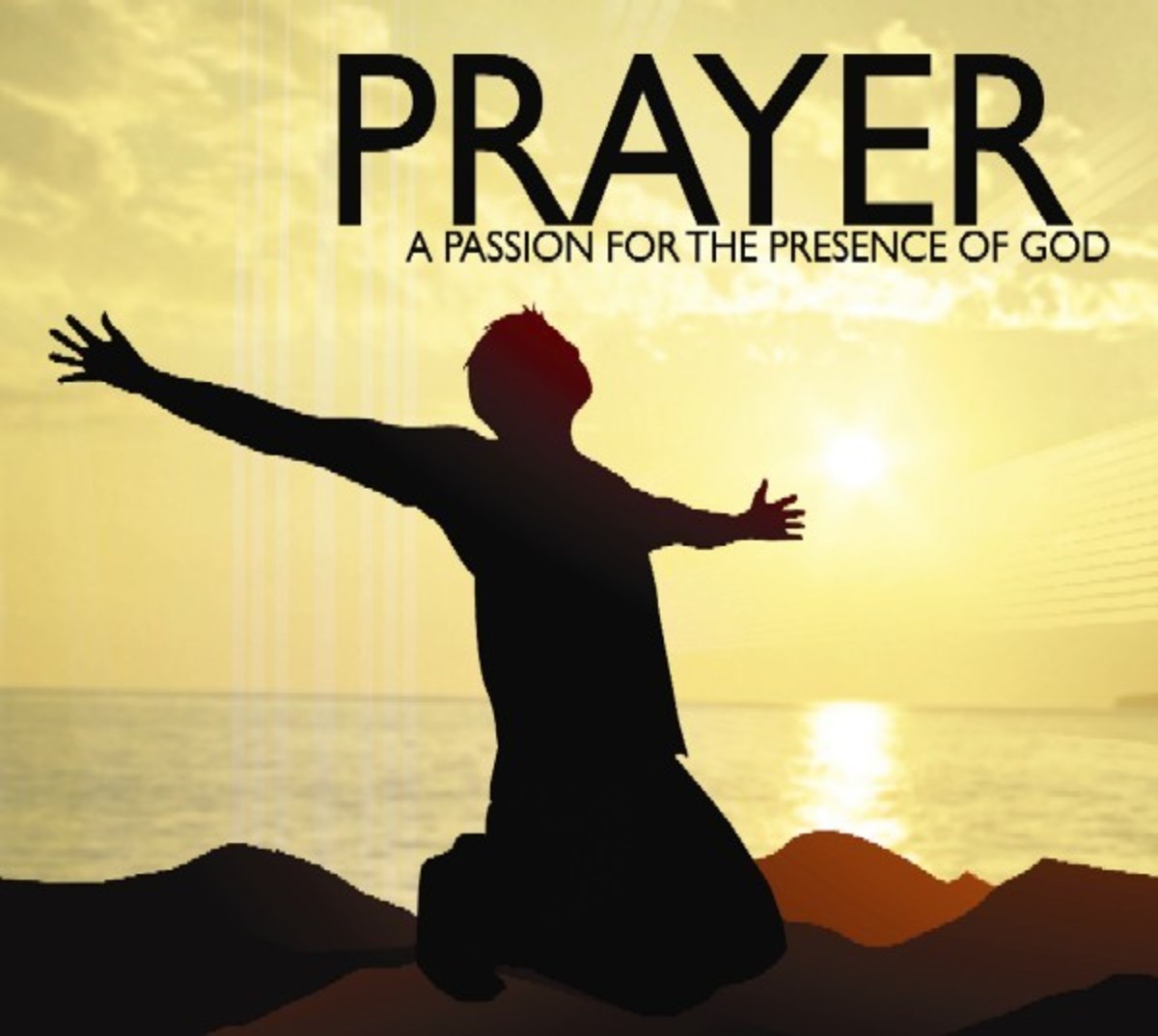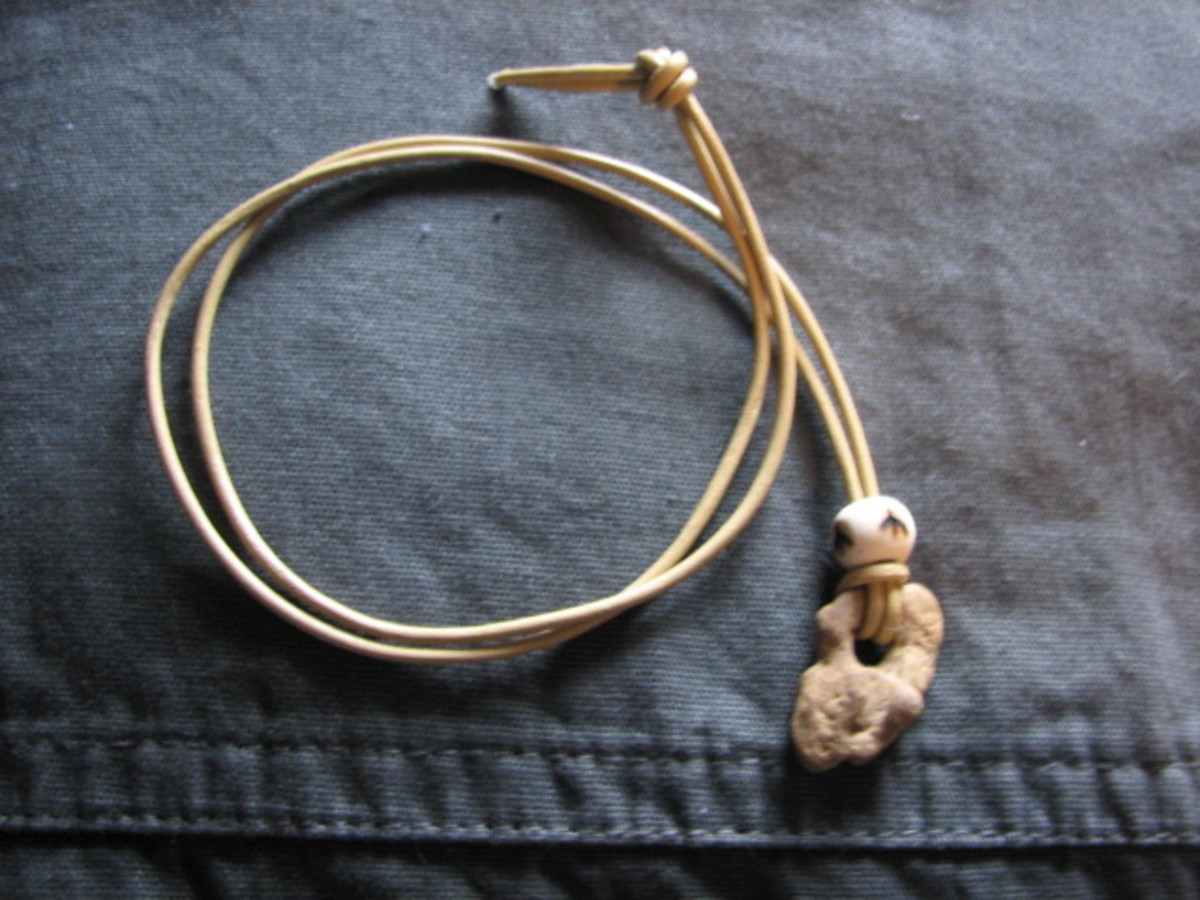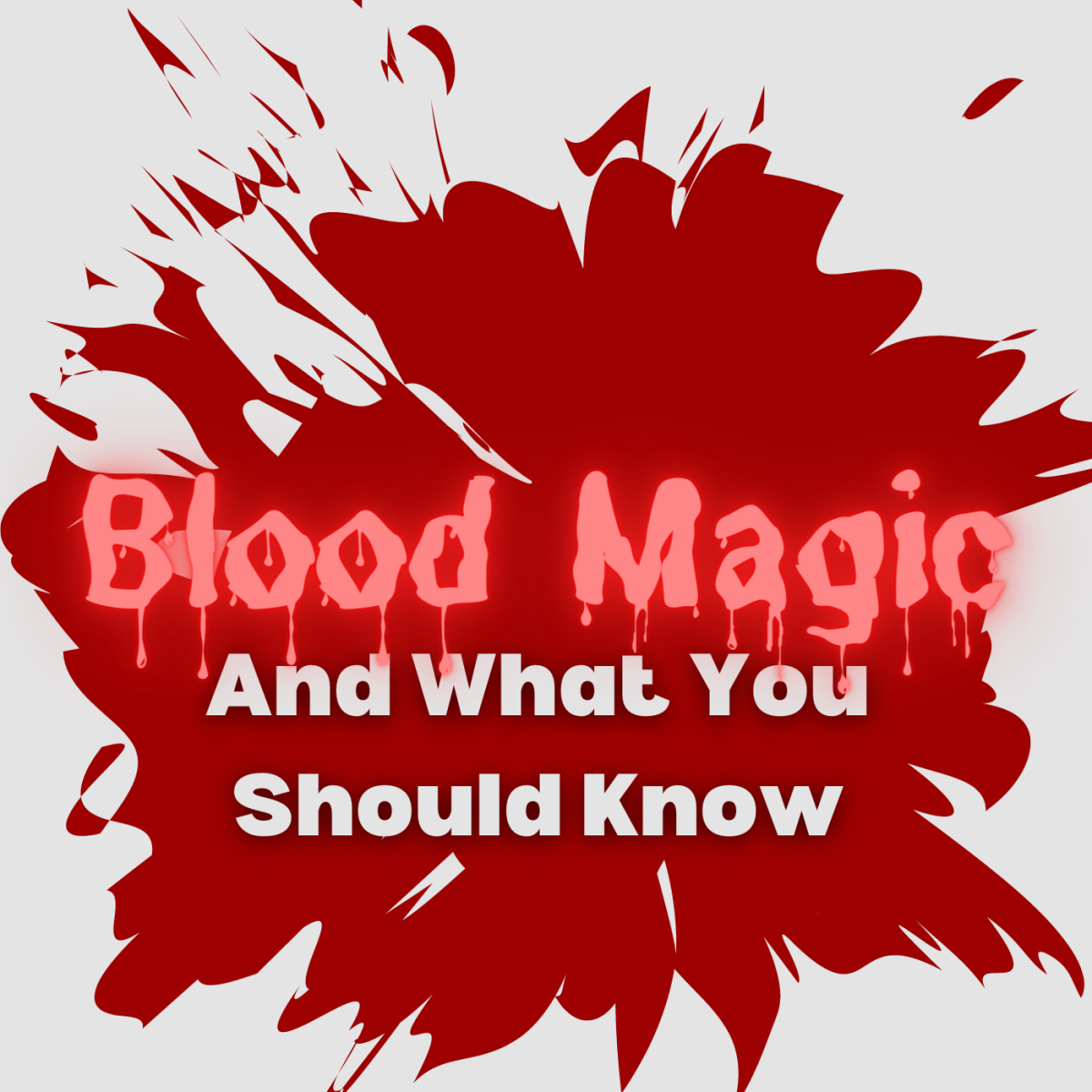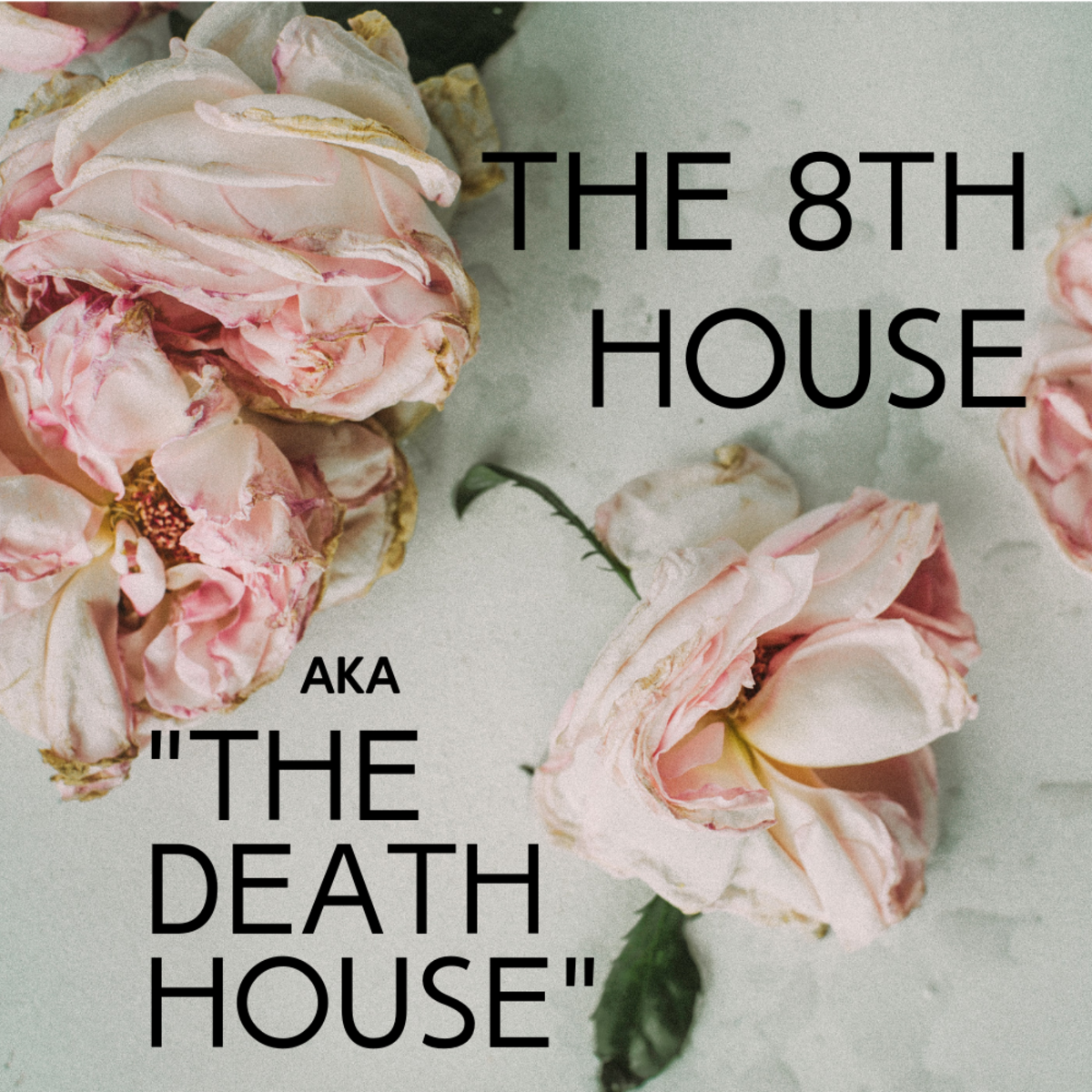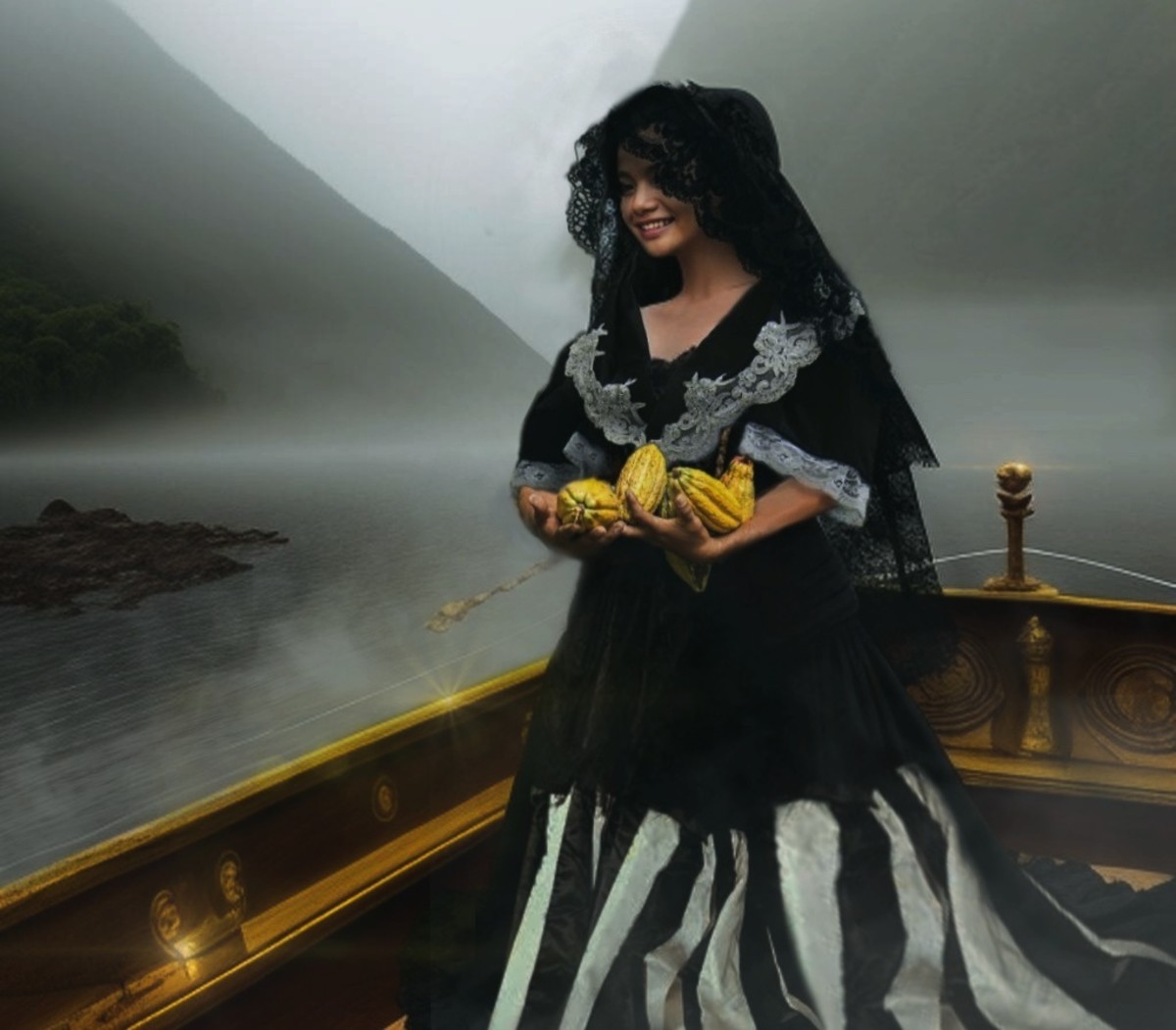Praying the Anglican Rosary
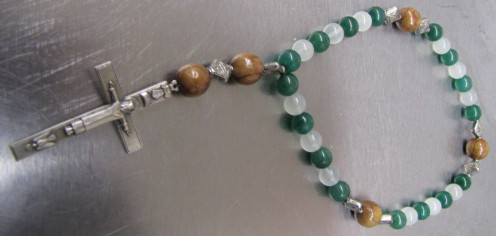
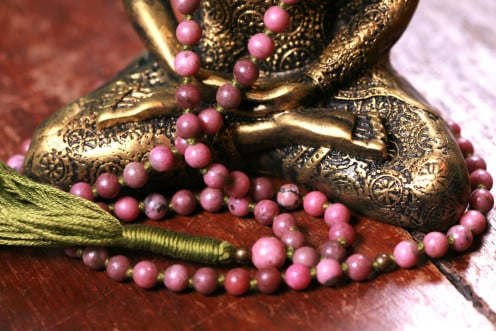
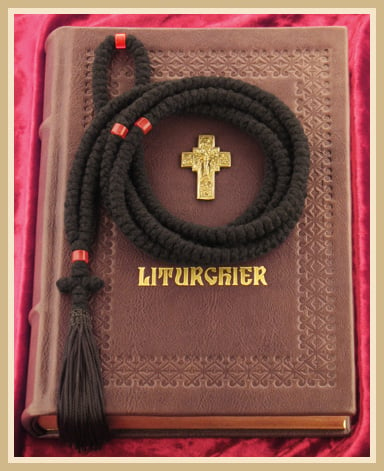
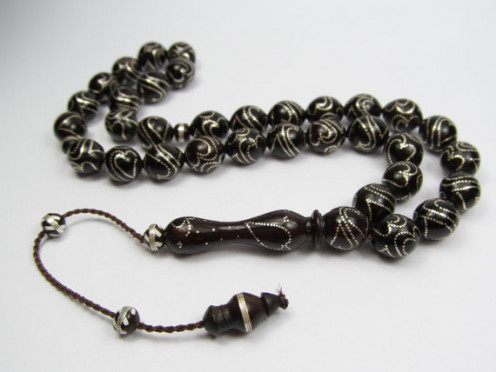
Prayer Aids in any religion
Whether you believe it or not, the use of a rosary, whether beads or knots, has been accepted in Muslim, Hindu, Buddhist, Catholic, and Orthodox faiths for centuries. The history of Anglican Beads, however, is not nearly as long.
Using beads or other counting devices for prayer, contemplation, and meditation has been practiced since ancient times. Early monastic Christians would gather up pebbles and stones and put them in their pocket. Once a prayer was completed they would toss the stone back to earth. Beads and knots became more convenient than gathering stones all the time.
Aids to prayer have been used by every principal religion that I can think of.
Hindu and Buddhist faiths have used the Mala beads to count the mantras (in sets of 108) or as a tool to focus the mind during meditation. They are the anchor in which to focus and count on the beads.
Eastern Orthodox use a rope with intricate knots in them. Russian Orthodox call them "чётки" (chotki). Greek Orthodox call them "κομποσκοίνι" (komboskini). Made from 100% wool, this symbolizes that we are "rational sheep of the Good Shepherd, Jesus Christ, and also a reminder of the Lamb of God who takes away our sins."
Islamic prayer beads called Misbaha and Tesbih originate from the word Supha, which means to recite the glories of Allah (God). Predominantly used by Muslims, this aid to prayer is traditionally used for the Tasbih of Fatima and recited after the five daily ritual prayers.
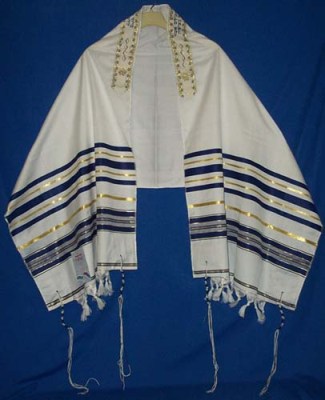
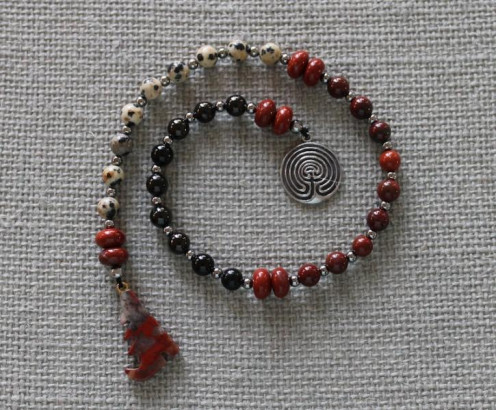
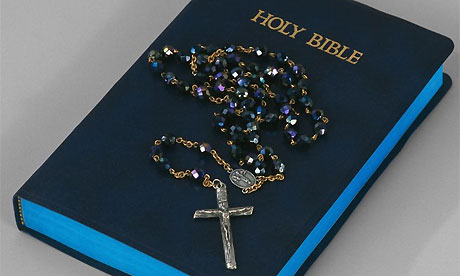
In Judaism, especially Orthodox Jews, they frown upon using beads, however they have prayer shawls called tallit, which has specially knotted fringe on the four corners of the tallit or tallit katan. This fringe is called tzitzit - and they have a specific amount of knots and how to wind them. Though the knots are not used specifically for prayer it is used on their sacred garments.
Even Wiccans have a witch's ladder and a witch's rosary. Both can be referred to as prayer beads. They are used as a tool for meditating or invoking deity (chanting). These prayer beads can be customized to the witch by color, crystal or stone and size of the beads. In my research, these ladders generally have a talisman, symbol, or appropriate familiar.
As for me, I am more familiar with the Roman Catholic rosary beads that my grandmother used to wrap around her hands during Sunday Mass with prayerful concentration. This tradition hails from medieval times when the masses could not afford a Psalter (book of hymns). Rosary comes from the Latin word rosarium, which translates into garland or bouquet or roses. Beads come from biddan, an archaic English word meaning "to entreat" or "to pray." Each prayer from the rosary is an offering of a rose to Jesus through Mother Mary.
It wasn't until recently where Anglicans and other Protestants have begun using prayer beads. The Anglican rosary is sometimes, albeit rarely, called Episcopalian prayer beads. The Rev. Lynn Bauman "blended" the Orthodox knots with the R.C. rosary and created (or recycled the idea of) Anglican beads in the mid-1980s.
Using 33 beads, it is a tool for contemplative and meditative prayer, being mindful of the presence of God while finding a stillness within the repetition and rhythm of your prayer.
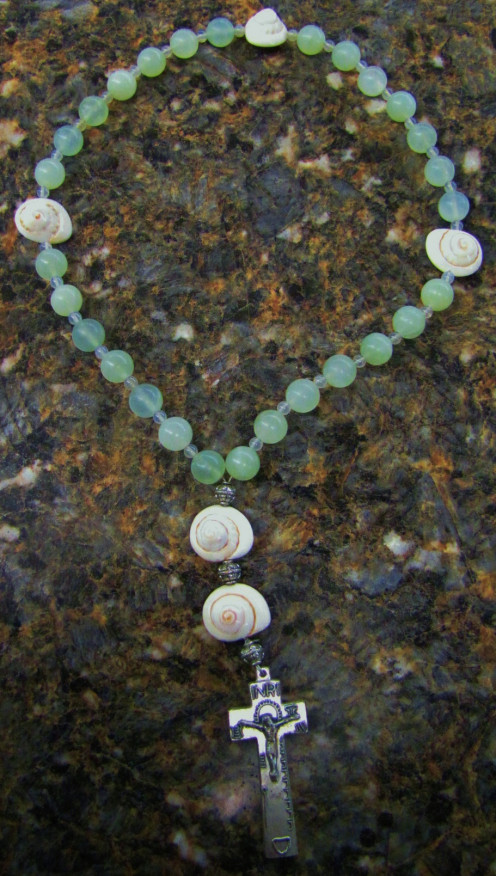
Below is a video where you can pray the Anglican Rosary with Amy MacDonald.
Oh my Strength, I will sing praises to you
For you, O God are my fortress
The God who shows me steadfast love.
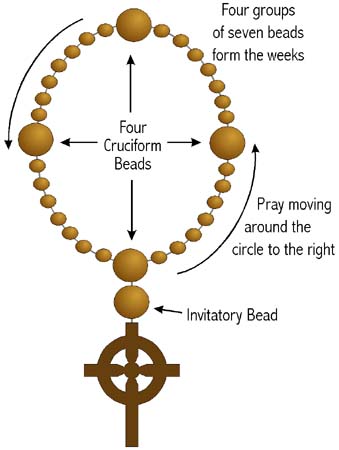
What is your faith?
What faith or religion do you practice?
The Lord's Prayer
Our Father who art in Heaven
hallowed by thy name.Thy kingdom come,
Thy will be done,
On earth as it is in Heaven.Give us this day our daily bread
and forgive us our trespasses.As we forgive those who trespass against us
And deliver us from evil.(For Thine is the Kingdom,
and the Power and the Glory,
forever and ever)Amen.
The elements of the Anglican rosary
The 33 beads represent the years Jesus spent on earth. There are four large beads called cruciforms, which separate seven beads between them. The four sets of seven beads are called "weeks" and have a deep symbolism: the belief in the perfection of the number 7 in christian and Jewish belief, the seven days of creation, seven seasons which make up the church year, and the seven sacraments of the church. The equally spaced cruciform beads form a cross but equally symbolize the four seasons and the four directions (like a compass).
The prayer begins on the cross and before the ring of beads is an invitatory bead - an invitation to pray.
Julian of Norwich Prayer
Julian of Norwich Prayer is the one I always pray on my Anglican rosary. I always seem to be in some situation where I need reassurance that "all shall be well." It comforts me.
1. On the Cross
In the Name of God, Father, Son, and Holy Spirit. Amen.
2. On the Invitatory bead
God make speed to save me (us),
Lord make haste to help me (us),
Glory to the Father, and to the Son, and to the Holy Spirit:
As it was in the beginning, is now, and will be forever.
Amen.
3. On all of the Cruciforms
God of your goodness, give me yourself,
For you are enough to me.
And I can ask for nothing less that is to your glory.
And if I ask for anything less, I shall still be in want,
for only in you have I all.
4. Repeat on all of the Weeks
All shall be well, and all shall be well,
And all manner of things shall be well.
- or -
In His love He has done His works,
and in His love He has made all things beneficial to us.
** recite steps 3 and 4 three times for the full 99 beads **
Exiting from your meditative prayer on the Invitatory bead
Recite the Lord’s Prayer
On the Cross
I bless the Lord. Thanks be to God!
An Irish Prayer
May God give you...
For every storm - a rainbow,
For every tear - a smile
For every care - a promise
and a Blessing in each trial.For every problem life sends
a faithful friend to share
For every sigh a sweet song
and an answer for each prayer.
Create your own prayer
The beauty of the Anglican rosary is having the ability to create your own prayer.
Here are some ideas you can implement to personalize your rosary:
- Select your theme or reflection for your Invitatory bead (morning prayer, healing, peace...)
- Find material that complements your theme for your Cruciform beads (poetry, chants, hymns...)
- A blessing, statement or affirmation for your Weeks beads
- Generally speaking, the exiting Invitatory bead is reserved for the Lord's Prayer
- And finally, the Cross is giving thanks and blessings.
As I mentioned before, I feel connected to the Julian of Norwich prayer so my theory is: If it's not broke - don't fix it.
